Spring migration, an overview
In our valley, spring migration unfolds gradually, some birds arriving to breed here as early as February or early March, others not until June. Let’s take a look at which species have already arrived, which will come soon and which will leave us to spend our summer elsewhere.
February – March
First to arrive in February or early March is usually the Killdeer, pictured here in early spring. Shortly afterwards the first swallows often arrive, usually a wave of Violet-green Swallows, followed soon after by Tree Swallows.
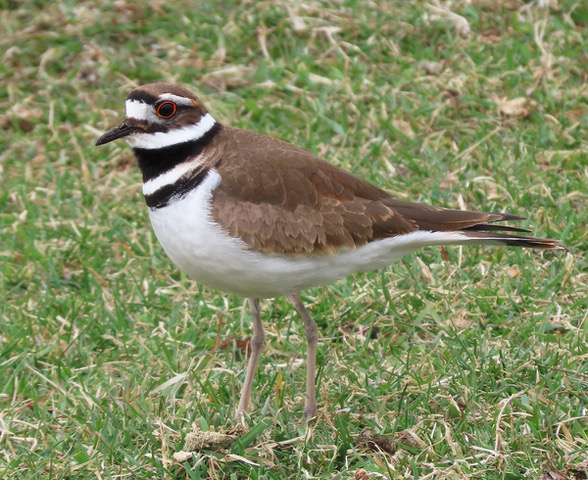
Many more American Robins are seen at this time too, and they begin to set up their territories and sing, a welcome sound. By late March Say’s Phoebes and Turkey Vultures are being reported here and there. The bluebirds also return, first the Western Bluebirds, then the Mountain Bluebirds. Another grassland species, Western Meadowlark, can be heard by late March.
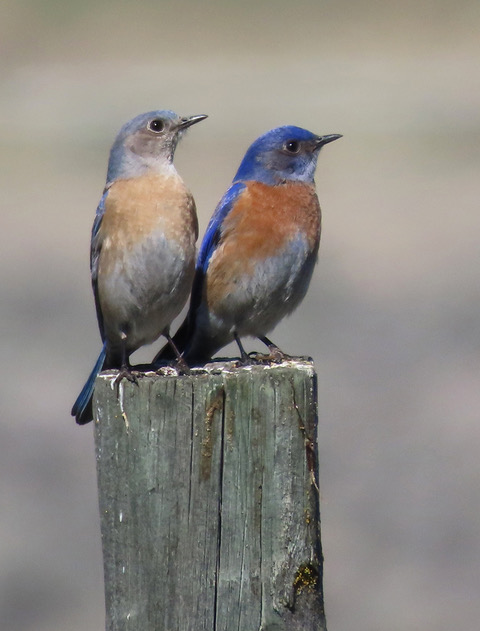
March – April
What a delight it is to see the first warbler species, the Yellow-rumped Warbler. Ruby-crowned Kinglets often migrate with them. At about the same time the first Osprey are reported, returning to their nest platforms. Often the female returns first, followed within three weeks or so by the male. (If one or the other of a pair does not return, the survivor will find another mate.)
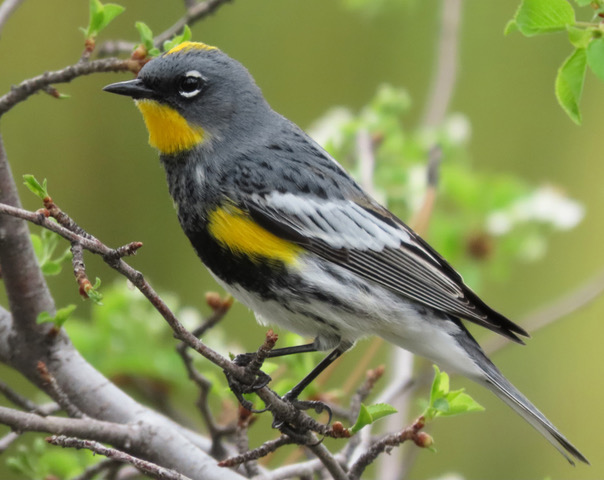
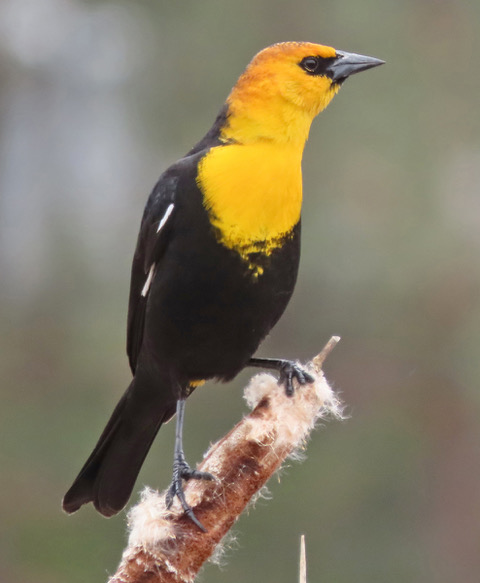
In the shorebird world there is movement too. Greater Yellowlegs, then Lesser Yellowlegs are new arrivals, closely followed by Solitary Sandpipers. Yellow-Headed Blackbirds arrive in the marshes in early April. Brewer’s Blackbirds and Cassin’s Finches are reported. Ruddy Ducks and Canvasbacks are spotted on the lakes.
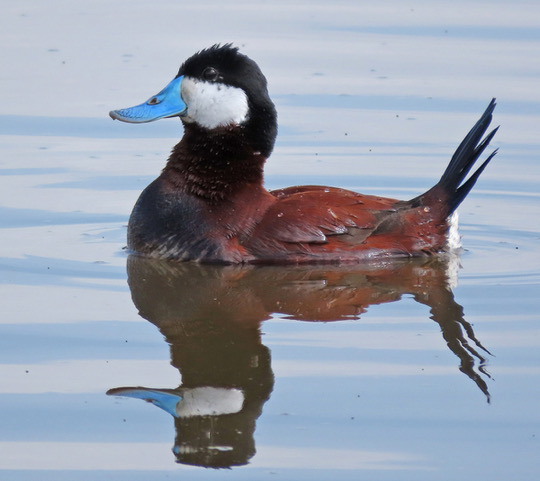
April – May
The pace of spring migration really picks up in late April. Now is the time to watch and listen for Vesper Sparrows singing from fence posts in the grasslands. Often a Lincoln’s Sparrow is seen, since most migrate with the large wave of White-crowned Sparrows that moves north in late April. Savannah Sparrows arrive too. Cinnamon Teal and the last of the migrating ducks, the Blue-winged Teal, make their appearance as well.
(At the same time as these birds arrive here, those birds we enjoyed through the winter move northwards, and we won’t see them again until the fall. These species include Bohemian Waxwing, Northern Shrike, Rough-legged Hawk and Harris’ Sparrow among others.)
White-throated Swifts are usually reported by the end of April. Ruby-crowned Kinglets increase in number. More swallows arrive; Northern Rough-winged, Cliff, Bank and Barn Swallows are all here by sometime in May.
Shorebirds passing through or finding nest sites here include Least, Western, Semi-palmated, Spotted and Baird’s Sandpipers, while the elegant American Avocet and Black-necked Stilt are often reported too by the beginning of May. Marsh Wrens are often heard now.
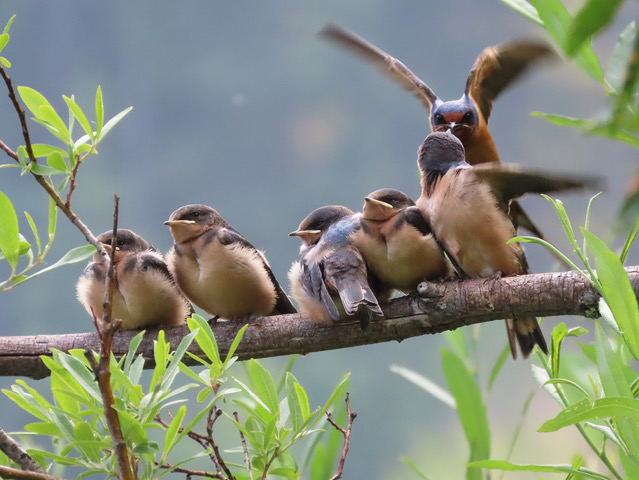
Put out the hummingbird feeders! Here come the Calliope, Rufous and finally the Black-chinned Hummingbirds. Red-naped Sapsuckers turn up in the mixed woodland to work on their sap wells as the tree sap rises. Orange-crowned Warblers follow the Yellow-rumped Warblers and Western Tanagers are seen and heard. Western Kingbirds build their nests behind the transformers on the power poles. A wave of Bonaparte’s Gulls passes through in numbers about the end of April into May.
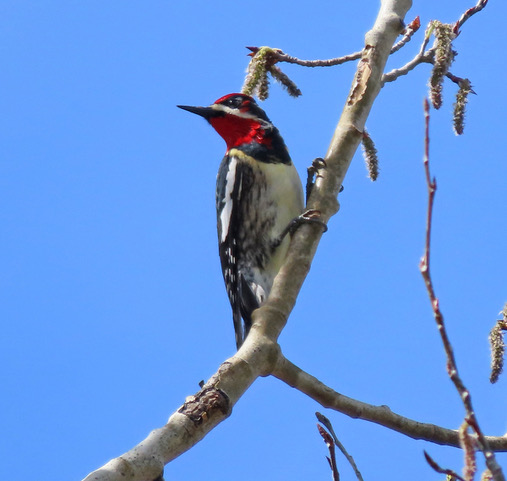
May – June
Spring migration reaches its peak in May and June. By now warbler migration is in full swing with the arrival of Nashville, Yellow, MacGillivray’s and Townsend’s Warblers. Other songbird species include Northern Waterthrush and Yellow-breasted Chat. The vireos arrive; Cassin’s, Warbling and Red-eyed Vireos are all heard and seen in the woods. Hermit and Swainson’s Thrushes as well as Veery come here to breed. Bullock’s Orioles flash their brilliant orange and black plumage as they build their hanging nests.
Flycatchers can find plentiful insect food now so they return in numbers; Eastern Kingbird, Western Wood Pewee, Willow, Least, Hammond’s and Dusky Flycatchers all come about now. Lewis’ Woodpeckers work on their nest sites in hollow trees as do House Wrens.
Wilson’s Phalaropes and Eared Grebes can be seen at Robert Lake and occasionally a Red-Necked Phalarope or two. Cedar Waxwings move in and Black-headed Grosbeaks are heard for the first time. So too are the beautiful Lazuli Buntings. Lark Sparrows might be seen in the south Okanagan or on the grasslands nearer Kelowna.
By early June we see the arrival of the very last few species such as Common Nighthawks, Black and Vaux’ Swifts.
All this movement is for the purpose of breeding where food is plentiful to feed growing chicks. As I write this in late April 2024 I’ve already seen this year’s first Mallard ducklings. Goslings and California Quail chicks will be with us soon. It’s an exciting time to be a birder, with new arrivals turning up every week. Have fun looking for them and enjoy them while they’re here!
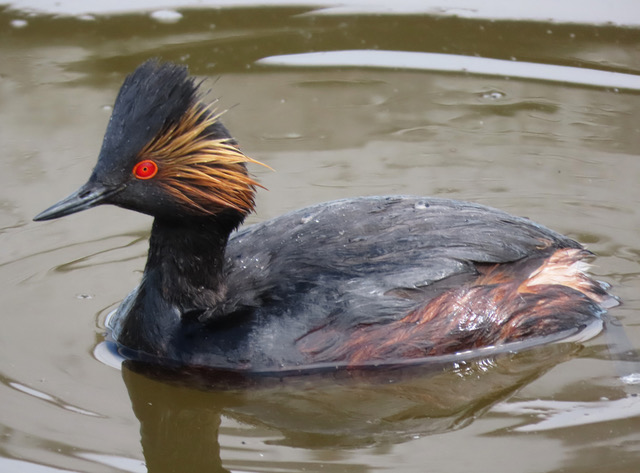
Pam Laing
Okanagan birder







0 Comments